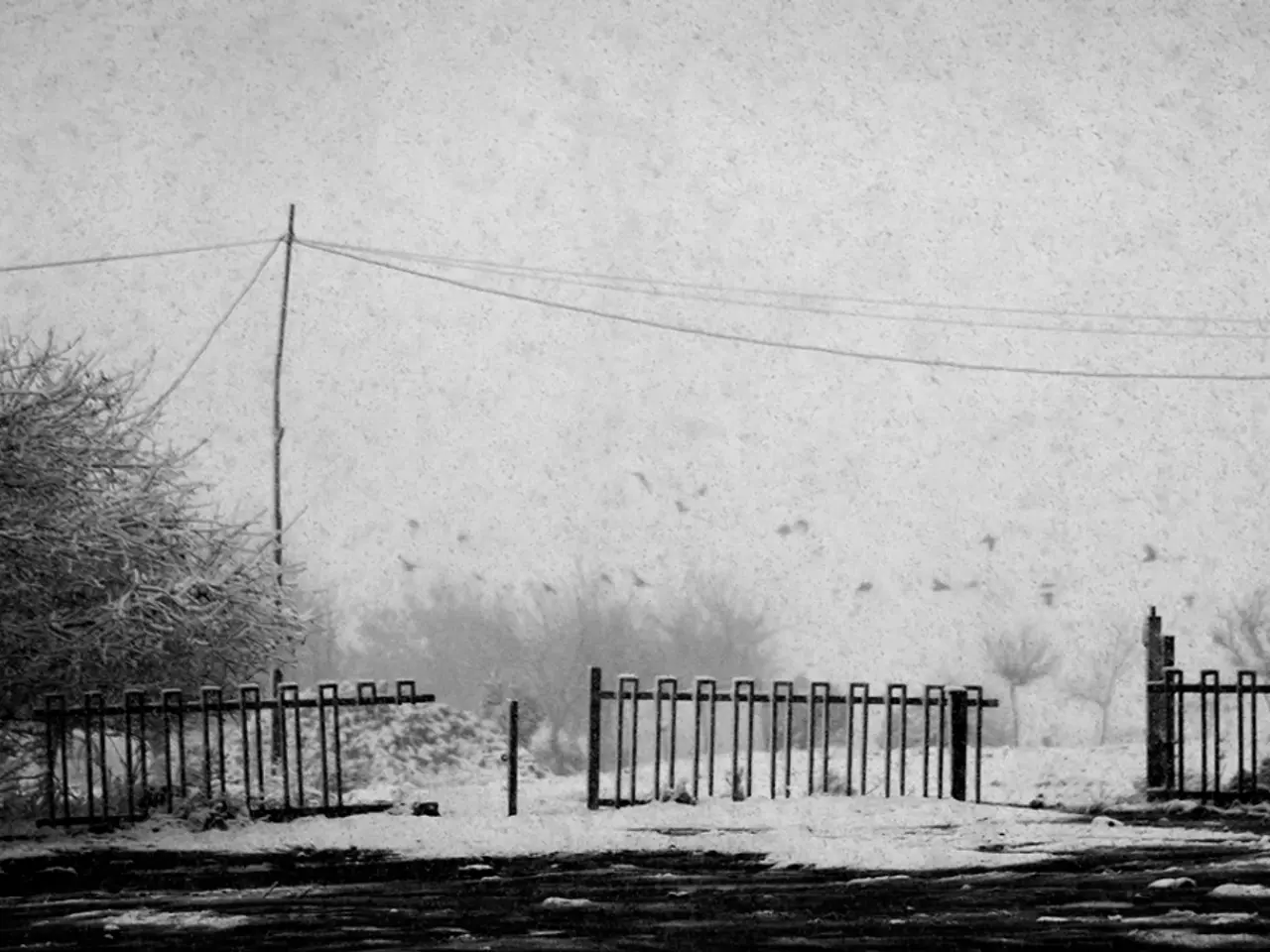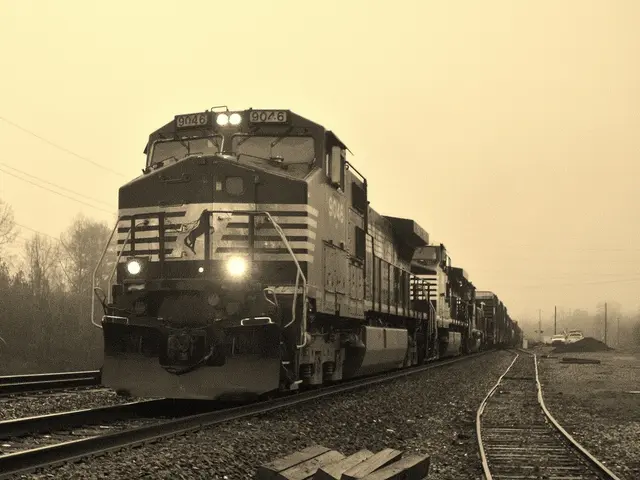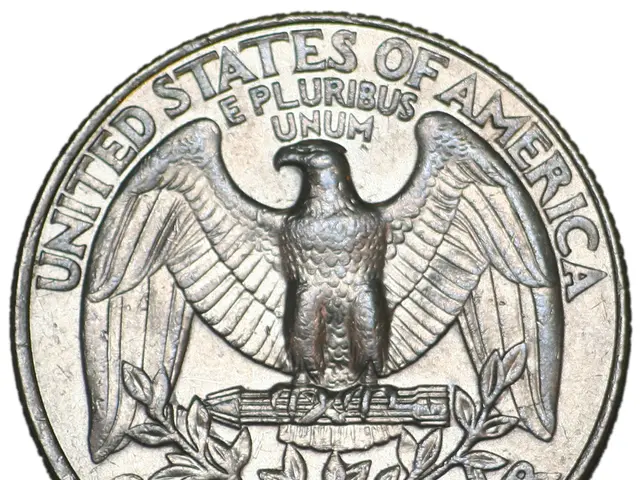Aircraft Trails: An Explanation of the Whiteness in Airplane Exhausts
In the skies above us, planes leave trails of white vapour known as contrails. But have you ever wondered what causes these trails and why they sometimes persist for hours?
Contrails are formed when hot exhaust from a plane's engines comes into sudden contact with cold and moist air. This sudden cooling causes the water vapour in the exhaust to condense and freeze into tiny ice crystals, leaving thin ice crystal trails behind the plane.
However, meteorologists and climate scientists aren't always successful in predicting the weather conditions that could lead to contrail formation. The topic of contrail formation and its impact on climate serves as a great example of unexpected events and outcomes.
The persistence of contrails in the atmosphere primarily depends on the humidity and temperature conditions at high altitudes where aircraft fly. Specifically, contrails are more likely to persist and spread when the ambient air is sufficiently cold and has high relative humidity, especially in regions that are ice supersaturated. In drier air, contrails tend to dissipate quickly or may not form at all.
Key factors influencing contrail persistence include atmospheric humidity, ambient temperature, atmospheric layers, engine and aircraft characteristics, wind and atmospheric dynamics. Higher humidity, especially ice supersaturation, allows contrails to last longer and spread, sometimes evolving into cirrus-like clouds that can persist for hours. Very low temperatures facilitate the condensation and freezing of water vapour in jet exhaust into ice crystals, making contrails visible and persistent.
Aircraft crossing varying atmospheric moisture layers can cause contrails to exhibit intermittent or broken patterns, reflecting changes in persistence. The position of engines and jet exhaust dynamics influence contrail microphysics such as ice crystal number, size, and distribution, affecting optical properties and evolution over time. Persistent contrails can spread and disperse over large areas due to prevailing winds, and their evolution is influenced by surrounding atmospheric stratification.
In summary, high humidity and cold temperatures promote long-lived contrails, while dry or warmer conditions lead to short-lived or absent contrails. Understanding these factors can help in predicting contrail formation and potentially preventing their formation by making adjustments to flight paths.
It's important to note that contrails themselves are not large enough to change the weather. However, cirrus clouds formed from contrails trap heat, contributing to global warming. This 22-kilometer deviation, while resulting in additional aircraft carbon emissions, could lead to a net decrease in contribution to global warming by preventing the formation of a 100-kilometer contrail.
Other phenomena related to aircraft include ship tracks, clouds formed by the exhaust from ships, left behind in the moist air just above the ocean, and wake turbulence, a similar effect caused by the swirling effect at an aircraft wing's tip, creating a thin line of small water droplets resembling a caterpillar.
As of now, there are no official steps towards implementing changes to prevent contrail formation. However, understanding the factors that influence contrail persistence is a crucial step towards addressing this issue.
References: [1] Kärcher, B., Koop, T., and Lohmann, U.: A review of contrail cirrus, Atmos. Chem. Phys., 9, 5117-5151, doi:10.5194/acp-9-5117-2009. [2] Lohmann, U., Feichter, J., and Kärcher, B.: Aerosols in climate models – current challenges, Atmos. Chem. Phys., 11, 10299-10309, doi:10.5194/acp-11-10299-2011. [3] Kärcher, B., Koop, T., and Lohmann, U.: A review of contrail cirrus, Atmos. Chem. Phys., 9, 5117-5151, doi:10.5194/acp-9-5117-2009. [4] Kärcher, B., Koop, T., and Lohmann, U.: A review of contrail cirrus, Atmos. Chem. Phys., 9, 5117-5151, doi:10.5194/acp-9-5117-2009. [5] Kärcher, B., Koop, T., and Lohmann, U.: A review of contrail cirrus, Atmos. Chem. Phys., 9, 5117-5151, doi:10.5194/acp-9-5117-2009.
Technology plays a crucial role in studying and understanding contrail formation, as it allows scientists to monitor and analyze atmospheric conditions at high altitudes. Both science and environmental science collaborate to delve into the factors that influence the persistence of contrails. For instance, technological advancements in meteorology help in predicting weather conditions conducive to contrail formation, while environmental science focuses on the impact of contrails on global warming.




